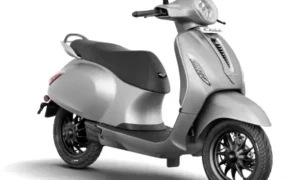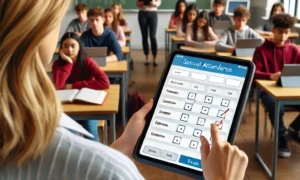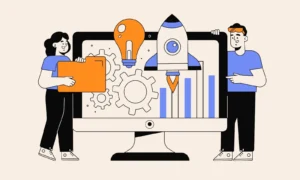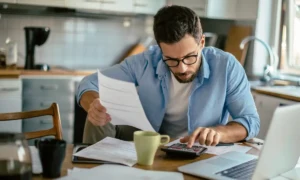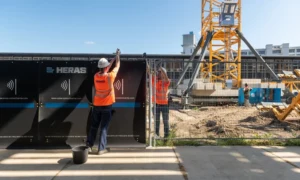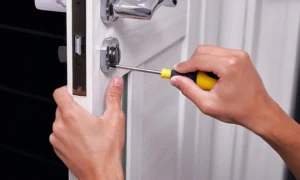Energy conservation is not only beneficial for the environment but also for your pocket. You can significantly reduce your electricity bills without compromising your comfort and lifestyle by implementing effective energy-saving techniques. This article will explore various strategies and practices that can help you save energy and lower your electricity costs.
Introduction
With the rising costs of electricity and the increasing demand for sustainable living, it has become imperative to adopt energy-saving techniques. By making a few changes to your daily habits and optimizing energy consumption, you can substantially impact the environment and your wallet. Let’s delve into some effective energy-saving techniques to help you pay cheap electricity bills.
Understanding Energy Consumption
Before we discuss energy-saving techniques, it’s essential to understand how energy is consumed in our homes. The most significant contributors to energy consumption are lighting, appliances, heating and cooling systems, water usage, electronics, and transportation. We can effectively reduce energy usage and save money by targeting these areas.
Importance of Energy Conservation
Energy conservation plays a vital role in combating climate change and reducing carbon emissions. We can preserve natural resources and a greener future by reducing our energy consumption. Additionally, conserving energy helps alleviate the strain on the power grid, leading to a more reliable and sustainable energy supply for everyone.
Energy-Saving Techniques for Lighting
- Switching to LED Bulbs: Replace traditional incandescent bulbs with energy-efficient LED bulbs. LED bulbs consume significantly less electricity and have a longer lifespan.
- Using Natural Light: Make the most of natural light by keeping curtains and blinds open during the day. Utilize daylight to minimize the need for artificial lighting.
- Installing Motion Sensors: Install motion sensors in rooms with less frequent occupancy, such as hallways and bathrooms. This ensures that lights are only on when needed.
Energy-Saving Techniques for Appliances
- Choosing Energy-Efficient Appliances: When purchasing new appliances, look for the ENERGY STAR label, which indicates high energy efficiency. These appliances consume less electricity and perform optimally.
- Proper Maintenance and Cleaning: Regularly maintain and clean your appliances to ensure they operate efficiently. Dirty filters and coils can strain the appliance, increasing energy consumption.
- Unplugging Electronics: Electronics and devices consume standby power even when turned off. Unplug devices that are not in use or use power strips with an on/off switch to cut off electricity flow completely.
Energy-Saving Techniques for Heating and Cooling
- Insulating the House: Proper insulation prevents heat loss during winters and heat gain during summers. Insulate windows, doors, and walls to minimize the need for heating or cooling.
- Using Programmable Thermostats: Install programmable thermostats to adjust temperature settings based on your schedule automatically. This avoids unnecessary heating or cooling when you are not at home.
- Ventilation and Airflow Optimization: Ensure proper airflow by keeping vents clean and unobstructed. Regularly check and clean air filters to allow the heating and cooling systems to operate efficiently.
Energy-Saving Techniques for Water Usage
- Fixing Leaks and Dripping Faucets: Even a small leak can waste significant water. Regularly check for leaks and fix them promptly to conserve water and reduce the energy required for heating.
- Installing Low-Flow Showerheads and Faucets: Install low-flow showerheads and faucets to reduce water consumption. These fixtures maintain adequate water pressure while reducing water flow.
- Efficient Dishwashing and Laundry: Wait until you have a full load before running the dishwasher or washing machine. Use the appropriate settings for energy-efficient cycles and avoid unnecessary water waste.
Energy-Saving Techniques for Electronics and Devices
- Power Management Settings: Enable power-saving features on your electronics and devices. Adjust settings to put the devices to sleep or turn off the display when not in use for a specific period.
- Using Power Strips: Connect multiple devices to a power strip and turn it off when not in use. This eliminates standby power consumption and reduces energy wastage.
- Unplugging Chargers: Unplug chargers for laptops, smartphones, and other devices when not charging. Chargers continue to draw electricity even when not connected to a device.
Energy-Saving Techniques for Transportation
- Carpooling and Public Transportation: Consider carpooling or using public transportation whenever possible. Sharing rides reduces fuel consumption and emissions while also saving money on fuel costs.
- Proper Vehicle Maintenance: Regular servicing and tire checks maintain your vehicle well-maintained. Properly inflated tires and well-tuned engines improve fuel efficiency.
- Efficient Driving Techniques: Practice fuel-efficient driving techniques such as avoiding sudden acceleration and braking, maintaining a steady speed, and reducing unnecessary idling.
Benefits of Energy Conservation
Energy conservation offers several benefits, including:
- Lower Electricity Bills: You can significantly reduce your monthly electricity bills by implementing energy-saving techniques.
- Environmental Preservation: Conserving energy helps reduce carbon emissions and mitigates the impact of climate change.
- Enhanced Energy Security: By reducing energy demand, we can enhance energy security and reduce dependence on fossil fuels.
- Improved Comfort and Air Quality: Energy-efficient practices often lead to better insulation, comfortable indoor environments, and improved air quality.
- Positive Social Impact: Conserving energy contributes to a more sustainable and greener future, benefiting society.
Conclusion
By incorporating these effective energy-saving techniques into your daily routine, you can positively impact the environment and save money on your electricity bills. From simple habits like turning off lights and unplugging electronics to more substantial changes like choosing energy-efficient appliances and optimizing heating and cooling systems, every effort counts. Start implementing these techniques today, and enjoy the benefits of cheap electricity while contributing to a sustainable future.


